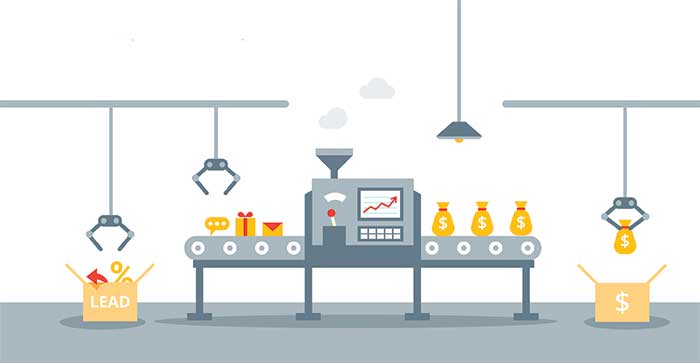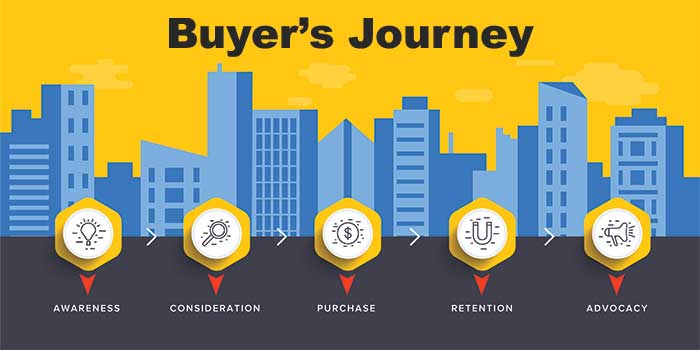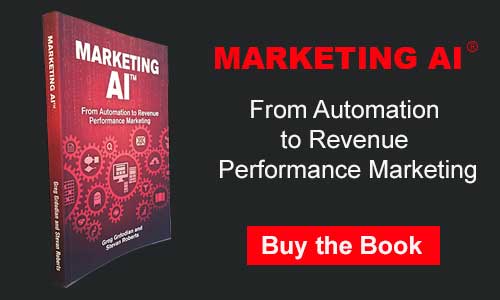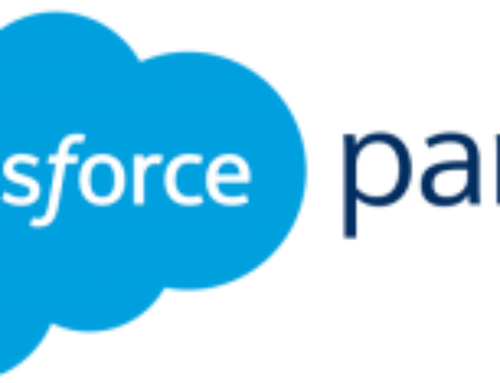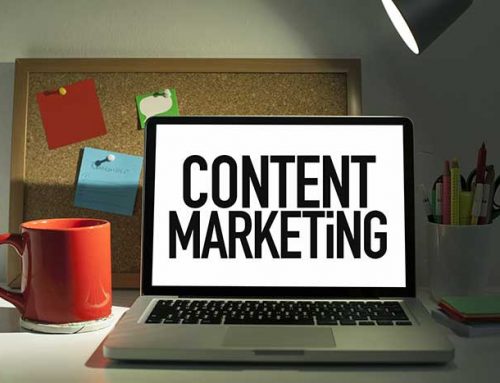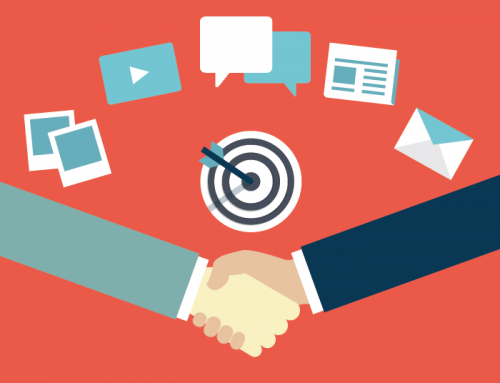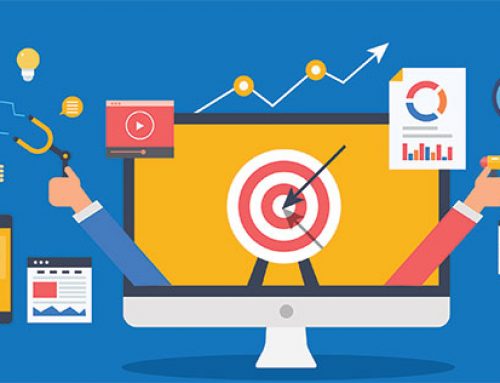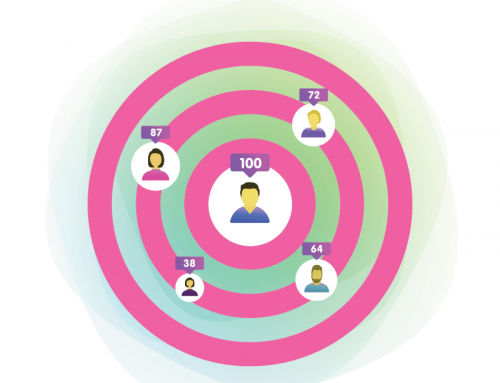Henry Ford didn’t invent the automobile, but he did something just as important: He pioneered the way to make it better, faster, and less expensive to build than anyone else in a suddenly burgeoning market. Because his factories could turn out identical, well-built Model Ts by the dozen, he almost captured the whole market from the outset.
Today’s assembly lines are many generations removed from Ford’s. They feature robotic tools and computer controls to keep production moving in a ballet of grace and power, building hundreds of vehicles at the same time it would have taken Ford’s team to build a dozen.
Automating simple processes and streamlining production has changed how we make everything, from cars to cakes. The same processes have their virtual counterparts in the marketing sector, making it easier and faster to guide new prospects from entry-level interest to an eventual sale. Marketing automation tools have taken the next step, making it possible to enhance lead generation, as well as nurture, leads through your marketing and sales funnel. Because each buyer’s journey is different, the way you guide leads along that journey must adapt to meet that prospect’s needs.
AI has the potential to revolutionize the marketing industry in the same way that Ford’s assembly lines (or later advances in robotics) have, and then some. People aren’t cars, and their needs and wants change over time. A MARKETING AI® is adaptive, allowing you to serve your customers’ needs precisely — often even before they’ve given you their names.
With automation, you go from expense marketing to revenue marketing as you race ahead of your competition. In this chapter, you’ll learn what marketing automation means for your bottom line and why early adopters are already moving ahead of their competitors.
Marketing Automation in Motion
We often talk about marketing automation in terms of movement, and it’s no wonder. Motion is integral to the concept of the sales funnel, and it’s one of the biggest reasons to automate. Leads enter at one end of the funnel and progress to an increasing state of sales-readiness until they become buyers. Marketing automation streamlines that process, facilitating your prospects’ transformation from new leads to established customers. At the same time, it delivers right-size content with the right amount of detail to stay just a step or two ahead of your prospects on their buyer journeys — far enough ahead to act as a guide but not so far that you lose sight of them.
Before making their ultimate decision to buy, customers first have to become familiar with you, measure your offer against their budget and needs, and move through your sales department’s qualifications. At any stage during this journey, many otherwise promising leads drop out of the process. Marketing automation ranks these leads to let your marketing team and sales personnel conserve and convert them.
Your sales department is probably the costliest part of your organization, yet too often marketing fails to qualify leads properly for sales. Divisions between sales and marketing mean the marketing department is essentially tossing leads blindly over a wall and hoping sales personnel are there to catch them. Automation takes down that wall, integrating sales and marketing to ensure that leads are nurtured carefully.
You can also change how widely you open the gate to your lead nurturing process. Establish a connection with only the top scorers in your lead ranking system, and you have a small but highly qualified contact list. Set lower barriers for entry into your marketing campaign, and you build a broader database of prospects to develop and nurture over time.
Automation lets you choose how you market to leads no matter where they’re ranked; you can send economical emails to a broader spectrum of leads and save high-ticket approaches for the narrow but highly qualified layer of prospects at the top.
Rhythm and Flow
Every activity your marketing team pursues incurs a cost and produces revenue. Quantifying those costs and revenues using traditional marketing methods is an ongoing challenge, but marketing automation is able to assign values and assess successes on your terms. Because you define what success is, you have an incredibly flexible, fluid system that allows you to direct the flow of leads.
Think of marketing flows as very sophisticated flow charts. Conventional marketing tactics focus on the actions you take, but automation tracks the actions your leads take. Like a true Marketing AI, it can then respond to those actions. When a lead meets the criteria you set for success, that then-qualified lead receives specific content tailored to his needs. Using state-of-the-art tracking cookies, marketing automation software can build a picture of your leads even before you have their specific data.
Marketing automation lets you control the flow of leads from one end of your marketing pipeline to the other. Triggered actions and reactions keep the drumbeat of your campaigns strong and measured, ensuring that the right lead gets the right message at the right time.
Automated systems manage timing for you, delivering introductory messages to new leads and supplying ample information to those in the middle of your sales funnel. As leads reach sales-readiness, they see content that confirms their decision to buy.
Building Your Brand with MARKETING AI®
You’ve read how automation controls a lead’s speed and direction through your sales pipeline, but what about the brand-defining content? What about the captivating creative, the marketing genius who tells your customers who you are and has them lined up to do business with you? Automation is incredibly content-hungry, and content is the heart and soul of brand building. Your Marketing AI excels at delivering content that matters to your audience, but it also gathers the information your marketing team needs to create that relevant content in the first place.
Brand Equity
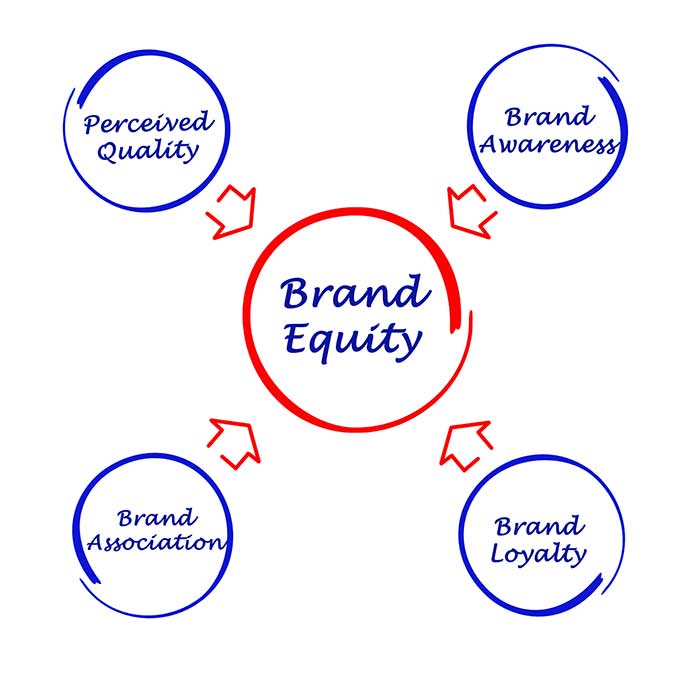
To embrace fully the concept of brand equity, the brand itself has to have intrinsic value. You and your company, not just your products or services, are worth more as a cohesive brand than as a collection of marketing campaigns. Brands have continuity; they persist throughout individual campaigns and across marketing channels. Your buyers take a journey, not a jaunt, and they want a reliable brand to stay with them along the way. That’s why branding is critical to B2B industries that have, typically, a longer stretch from initial contact to sale. When so much of what you do relies on reputation, building that reputation through brand equity couldn’t be more important.
One of your primary tools for building brand equity is also one of your most accessible: email. You’ve already read in Chapter 1 about how marketing automation streamlines email creation and mailing; it also offers triggered email options that let you set how, when, and why you mail to your customers. Often your first point of contact with your leads and prospects, email is your initial opportunity to familiarize them with you. Encapsulating your brand in your email ensures that your next communication for future campaigns or retargeting feels familiar because with email, familiarity breeds sales.
Cross-Channel Branding
What is your company’s core identity? What are your values? What role do you play in your customers’ daily lives? What problems do you solve? The answers to these questions help define your brand. Successful brand strategies might be built on reliability, innovation, industry knowledge, outstanding service, unique products, or any one of dozens of distinctive values. What you want to emphasize about your brand should take your customers into account, but it’s also vital to make it something intrinsic to you, something that doesn’t just come from polls and surveys.
However, you decide to define your brand, expressing it starts with unifying all your marketing across multiple channels into one distinctive voice.
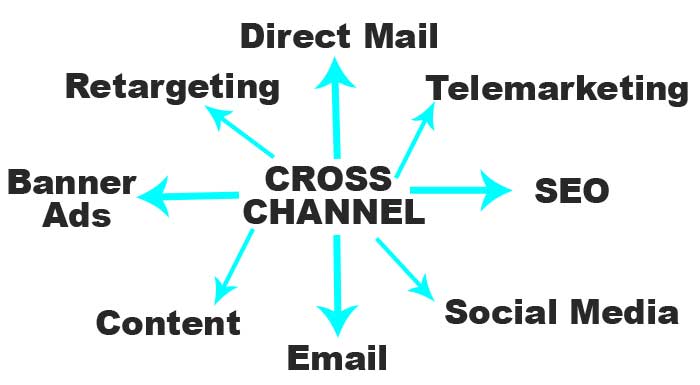
if they work together.
Here’s where marketing automation shines. A single marketer couldn’t begin to track a major cross-channel campaign, let alone record and analyze all the data it generates. Automation makes omnichannel marketing so easy that your marketing team can execute in a single day what used to take weeks to orchestrate. You can set up an integrated, three-to-six month campaign in advance and use the software to execute your cross-channel marketing and nurturing campaigns. When omnichannel marketing is this simple, branding falls effortlessly into place.
The Revenue Marketing Revolution
Marketing needs to pay off, and it needs to prove exactly how it’s paying off for your company. Automation tracks revenue, as well, showing you precisely where your greatest value is and where you can reallocate your resources for a better return on your investments.
To see how automation empowers revenue marketing, let’s take a look at a software company we’ll call SEO Schematics, which creates software to monitor search engine rankings and improve optimization. SEO Schematics is a small business that has a limited budget for its latest webinar. The company has a fairly juicy list of leads — 50,000 of them — but the marketing director needs to know how to maximize engagement with these prospects.
With $10,000 to spend, every dollar counts; delivering the maximum return on investment (ROI) is critical to SEO Schematics’ future. Data collected from its CRM system and marketing-captured leads via anonymous tracking cookies gives the marketing team cues to its audience’s main interests. Those cookies on the company’s website, SEO content, and social media channels can later be tied to specific email addresses once leads share their information, so each of the 50,000 marketing-engaged leads in the system get customized, relevant email. The system’s automated data hygiene and data enhancement features ensure deliverability, so each tailored message finds the right recipient.
Customizing email produces a significant increase in open rates, so instead of the 3 percent open rate the marketing department experienced before automation, a full 6 percent of recipients open their email.
These 3,000 email recipients find customized content once they open, and 1,000 of them find those customized calls to action interesting enough to click through to a landing page — or more accurately, to one of a series of customized landing pages the MAS has sent in response to the visitor’s browser cookie.
Of the 1,000 leads that click through, many evolve into marketing qualified leads by exploring the firm’s website, following the company on social media, or using a search engine to find more information about the business, all of which marketing automation software can track. Meanwhile, many of these leads’ actions trigger additional email communication and build that lead ranking score higher. Over the next few weeks, 20 percent of the original marketing-engaged leads sign up for a webinar and become marketing-qualified leads. Out of those 200 webinar sign-ups, 100 become attendees and move on to become sales accepted and sales-qualified leads.
If the initial outlay for the webinar campaign was $10,000 and resulted in 100 leads, then the company’s real cost per sales–qualified lead is $100. If the average customer’s transaction is $5,000, and if a group of sales-qualified leads has a 30 percent conversion rate, this marketing campaign was a huge success. Quantifying that success every step of the way with marketing automation ensures a better ROI on future campaigns, and builds a more complete data picture that points out the most effective flow paths through the sales pipeline.
We discussed SPRS in Chapter 1: What Marketing Automation Is and What it Isn’t. Here’s how its elements contributed to an effective campaign for SEO Schematics in the short term, and to its successful revenue marketing strategy in the long term:
Scalability: The initial mailing was to 50,000 leads, but as the company grows the software can scale to an unlimited number of leads and return the same 6 percent open rate. Automated marketing allows businesses to extrapolate and interpolate expected revenue anywhere along a sliding scale. For sales departments defining their quotas or finance departments developing next
year’s budget, scalability is key.
Predictability: By being able to predict how many leads would open, click-through, sign up, attend, and eventually convert, the automated system informed the marketing team’s decisions about the number of initial emails sent and about any subsequent contact with leads.
Reproducibility: Controlling and optimizing the pace at which leads are nurtured and moved through the sales funnel for one campaign is important; being able to perform the same magic again and again, is the foundation for lasting success.
Sustainability: SEO Schematics is able not only to enjoy success with this campaign, but it can also use the process as a learning experience for the Marketing AI. Armed with new knowledge, the MAI can now respond intelligently to future events. As the marketplace changes, as it inevitably will, the Marketing AI will keep pace for sustained success.
In an actual campaign, options are more varied and nuanced, addressing a far wider range of possibilities and contingencies. In fact, any campaign would quickly become too complex to manage by hand. Automation isn’t just a luxury here; it’s a necessity for revenue marketing.
A MARKETING AI® Mindmap
In this series Marketing AI®: From Automation to Revenue Performance Marketing, you’ll learn much more about what marketing automation is, what it isn’t, and where it fits into a marketing strategy. You’ll also discover more about traditional marketing through the lens of automation and read a compelling case study about how one company went from finding itself in a marketing dead zone to flourishing as an automated, intelligent, and responsive organization that converted its old marketing plan into a revenue marketing strategy.

